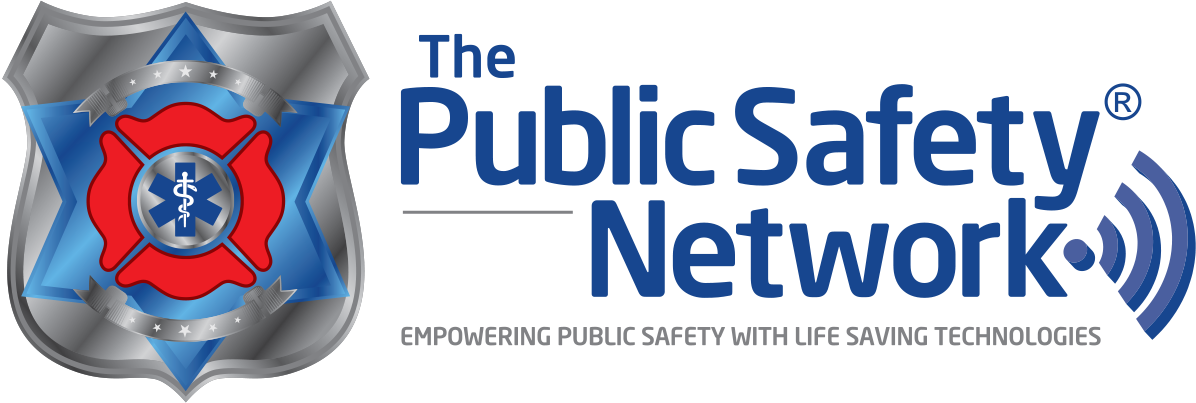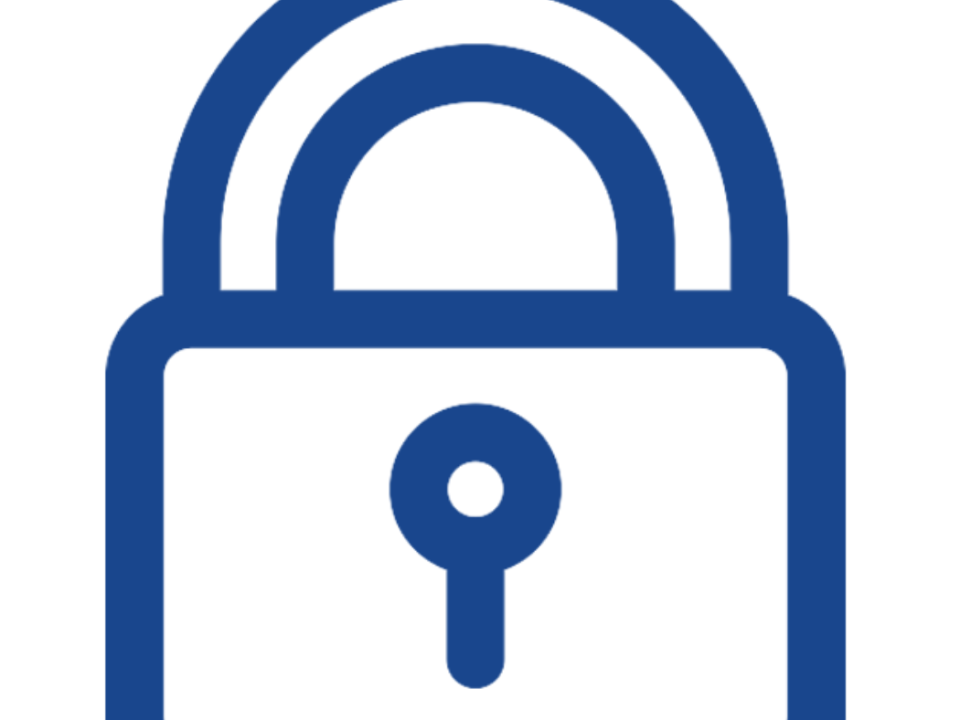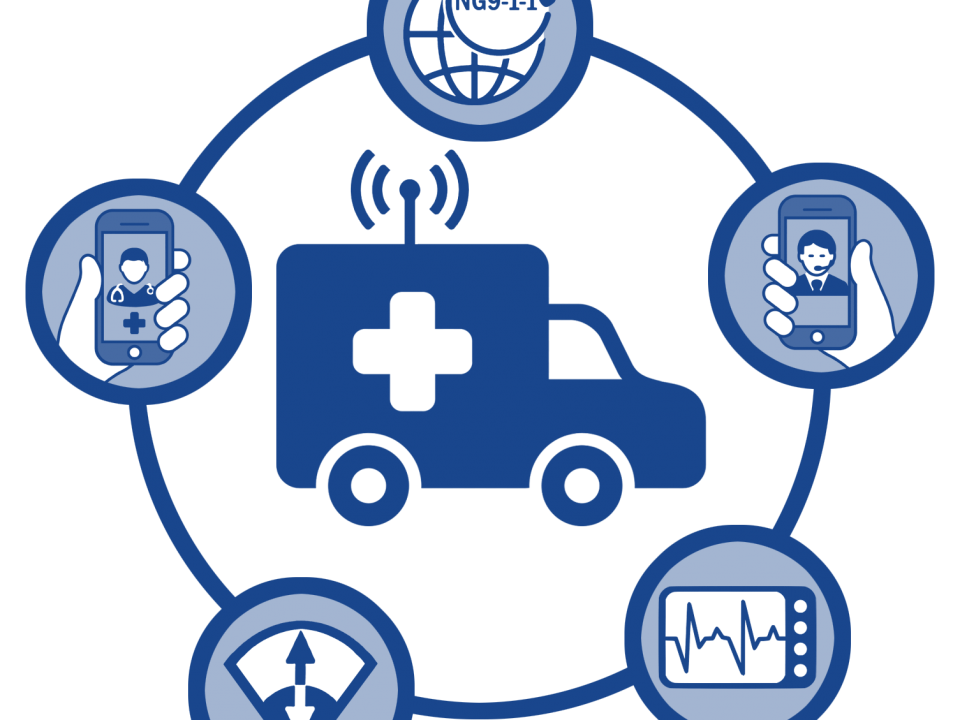
Going Mobile-First Is a Win-Win for Public Safety Agencies
January 8, 2021
Imagining The Whole New World Of Public Safety Apps
January 8, 2021
Our lives depend on readily available energy every day….period. When lives are on the line, available energy to power mission critical communication is paramount. However, the single largest cause of loss of communications is loss of power. In this new era of public safety broadband communications and technologies, there is significant focus on new and improved capabilities for both consumers and public safety to improve the safety and security of our communities. But it is important that this great new technology for public safety is reliable and is riding over a network that is utilizing the best in redundant power technology.
Our lives, and the devices we use every day, are becoming more efficient and more connected. As consumers, we personally rely on dependable networks for almost everything we do, and each day there are new advancements on which we come to rely. Whether ensuring our texts are received by our loved ones or business associates, our bank deposits are made, bills paid, food or groceries delivered, we depend on reliable communications networks to carry our voices, our data and our videos in all that we do. Already in this day and age, our appliances automatically signal for repair when in need of maintenance, our locations are identified in case of emergencies, and soon we will be putting our lives in the hands of autonomous vehicles that rely on communications networks to transport us safely.
If we all personally depend on technology every day, how much more do the communities in which we live require reliable, efficient power for daily activities, use of critical infrastructure, and public safety? Well, the answer is a lot…. we depend on new and evolving technologies for our livelihoods and our safety, yet all of this necessary data is transmitted over networks that rely on decades old and outdated power solutions.
When the power grid fails and communities have unreliable or no backup power, mission critical communications can come to a screeching halt, endangering public safety and our communities at large. Without power, there is no network and there are no phone calls, texts or internet. Everything that requires critical data and voice communications becomes inoperable. Put simply, our communications networks are only as good as the power that sustains them.
With the roll out of FirstNet, the first nationwide network to provide prioritized wireless broadband communications to first responders, public safety will now rely more and more on important wireless broadband infrastructure for mission critical communications and to protect lives and property. Real time analysis of body worn video, automatic license plate readers, automated fingerprint identification and facial recognition, telemedicine and the ability to transmit patient vitals to the emergency room from an inbound ambulance, real-time monitoring of the health and location of firefighters inside a burning building, and the list goes on. All of these capabilities exist today and will be increasingly relied upon by first responders to keep our communities safe, especially with the ongoing proliferation of the Internet of Things (IoT) and Internet of Live Saving Things (IoLST) devices within public safety, enterprises, homes, communities and government. With this increased intelligence and required connectivity over our networks, shouldn’t our backup power solutions for telecommunications be equally advanced, reliable, efficient and connected?
It is time to focus not only on the technological advancement of our communications network, but the power upon which those networks rely. Now, there are back up power solutions in use by all of the major network operators today. These are primarily gas/diesel generators and back-up batteries – both of which are based on antiquated technology and have several shortcomings. Generators need constant maintenance. They are noisy, contribute to environmental pollution and are temperature sensitive. If not properly and regularly maintained and fueled, they will fail. Just come talk to me each spring when I try to get my lawnmower started after sitting in the garage all winter. Batteries, on the other hand, are quieter than generators, and certainly don’t generate gaseous, dirty emissions, but they age very quickly, are generally inadequately tested and rarely generate the amount of power or sustain power for the amount of time outlined in their specifications. Indeed, they fail often, particularly in extreme temperatures, and disposal creates a significant biohazard to the environment.
So, it is time to start considering new and improved options. One alternative worth exploring is the use of fuel cells. Fuel cells essentially use liquid hydrogen as fuel and convert the hydrogen to energy. The only byproduct of the process is water with zero emissions. Fuel cells are cost efficient, require little maintenance, can be controlled and maintained remotely and are highly reliable, thereby helping to ensure the integrity of our country’s critical communications infrastructure.
The benefits of fuel cell technology over existing, historic power solutions are significant:
- The installation cost is generally the same or less than generators and battery systems
- The operational cost is on average 50% less and fuel cells provide equal to or greater power backup times than batteries and generators
- They self-diagnose to ensure reliability and can be remotely programmed to self-test, monitor fuel status, and automatically re-order fuel
- They have a much smaller footprint than most generator and battery solutions, are materially quieter to operate, and are environmentally friendly with zero emissions
- They are modular in nature so can be easily sized up or down based on need
We have smart cars, smart drones, and smart cities, isn’t it time for truly smart power to ensure the continuity of our mission critical networks and technologies? FirstNet is here and 5G and Smart Cities are on the immediate horizon, and we are working on creating smart and highly connected societies. The integration of new backup power technologies to support network innovation and continuity in the case of power grid failures must match this leap forward in in our critical communications. Whether fuel cells, solar, or other technologies, it is time to focus on power solutions that can truly meet the critical communications needs of our communities and public safety.




